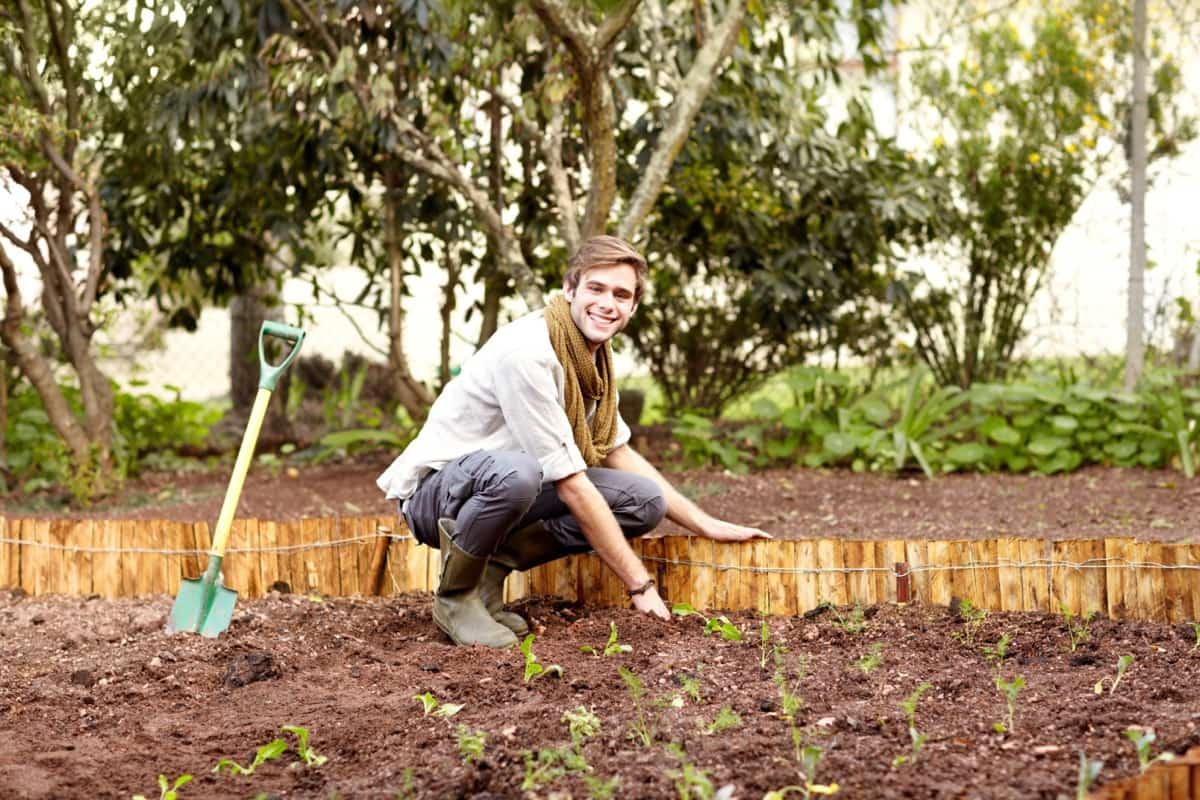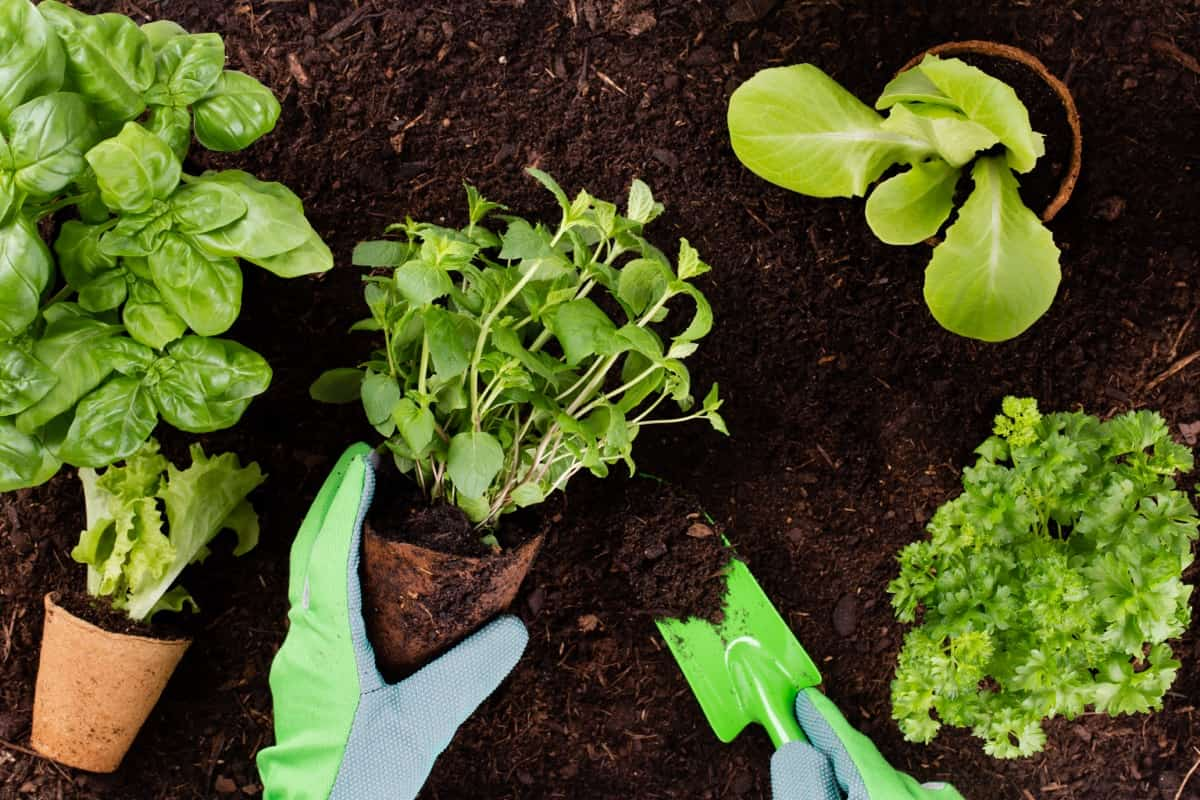If you’re pondering what month to start a garden in Texas, look no further. Whether you’re asking, “When should I start my garden in East Texas?” or “When should I plant my garden in West Texas?” this guide covers everything. With a focus on Texas’s diverse climate zones, central Texas planting guide, north Texas planting guide, Texas gardening calendar, and north Texas vegetable planting calendar, you’ll have all the resources you need to plant a successful garden.

When to Plant Vegetables in Texas
Understanding Texas’s Climate Zones
Regarding what zone Texas is for planting vegetables, the state’s large size makes for a complex climate. USDA zones in Texas range from 6a to 9b, meaning that the state has a variety of weather conditions, from colder winters in the north to hot, humid conditions in the south. Knowing your specific zone is crucial to making informed decisions on what vegetables to plant and when.
Factors Affecting Vegetable Planting Dates in Texas
Planting vegetables in Texas has challenges, such as soil temperature, rainfall patterns, and the last frost date. Soil temperature affects the germination rate, with warmer soil generally better for most vegetables. Rainfall patterns can be tricky; excessive rain can lead to rotting seeds, while insufficient rain can hinder plant growth. The last frost date is a vital consideration as planting too early exposes the plant to frost damage, and for this reason, always refer to a Texas planting guide before making planting decisions.
Planting Vegetables in Eastern Texas
Suppose you’re in Eastern Texas and are pondering, “When should I start my garden in East Texas?”. The answer is as early as February for cool-season vegetables like peas and lettuce due to the region’s humid climate. Warm-season vegetables like tomatoes and peppers are best planted from March to May. Following an East Texas planting guide will help you get the most out of your vegetable garden.
In case you missed it: When to Prune Trees in Texas (TX): Plants Trimming Schedule for Southern, Central, and Northern Regions

Optimal Vegetable Planting Times for Western Texas
For those in Western Texas wondering, “When should I plant my garden in West Texas?” the climate is generally drier and hotter than in the East. Cool-season vegetables like carrots and radishes are best planted in late winter, while warm-season vegetables like squash and cucumbers should be planted from late spring to early summer. Consulting a Texas planting guide specific to Western Texas can provide additional insight.
Vegetable Planting Schedule for Texas
A Texas gardening calendar can be an excellent guide for when to plant what. In Eastern Texas, cool-season vegetables can be planted from February to March, and warm-season vegetables from March to May. In Western Texas, cool-season crops are best from late winter to early spring, and warm-season crops from late spring to early summer. A North Texas vegetable planting calendar advises early spring for cool-season crops and late spring for warm-season crops.
Recommended Vegetables for Early Spring Planting in Texas
Early spring in Texas is suitable for planting cool-season vegetables such as lettuce, spinach, and peas. While you can start as early as February in Eastern Texas, March is a good time to begin in Western and North Texas. Referring to a Texas planting guide can help tailor your planting schedule for optimum results.
Late Spring and Early Summer Vegetable Planting Guide for Texas
Early spring and summer are prime times for planting warm-season vegetables like tomatoes, peppers, and cucumbers. Aim for April to May in Eastern Texas, while in Western Texas, your best bet is late spring to early summer. Central and North Texas planting guides suggest this time frame for warm-season vegetable crops.
Fall Vegetable Planting Tips for Eastern Texas
In Eastern Texas, fall is another opportunity for a productive garden, especially since the area often experiences milder winters than other regions. You can start planting cool-season vegetables like broccoli, cauliflower, and kale from late August to September. These vegetables often tolerate light frosts, making them suitable for fall planting. Root vegetables like carrots and beets can also be planted for a late fall or early winter harvest. It’s always a good idea to refer to an East Texas planting guide to understand the specific needs of each vegetable type and their optimal planting times.
Ideal Fall Planting Dates for Western Texas
In Western Texas, you can still enjoy a fall harvest despite the drier climate. Due to the higher temperatures that often extend into early fall, planting should generally be delayed until September or October. During this period, it’s great to pick leafy greens such as spinach and Swiss chard, as well as root veggies like turnips. In Western Texas, it’s important to monitor soil moisture levels, given that the region often experiences less frequent rain. Always consult a local planting guide specific to Western Texas to fine-tune your fall gardening plans.
When to Plant and What Vegetables to Grow in Texas in Winter
Winter doesn’t mean the end of gardening in Texas, especially in the milder climate zones of the state. Winter is a good time to grow leafy greens like collard greens, mustard greens, and even some types of lettuce, particularly in the southern parts of the state, where winters are milder.
In the northern regions, stick to hardy vegetables that tolerate colder temperatures, such as kale and Brussels sprouts. A well-prepared garden with protective measures like mulch and cold frames can yield a productive harvest even in colder zones. Always refer to a Texas gardening calendar or a North Texas vegetable planting calendar for precise information on winter planting.
In case you missed it: When to Prune Roses in Texas: Time to Cut Back and Trim in North, East, South, and Central Texas

Vegetable Planting Schedule/Calendar Table for Texas
| Vegetable | Eastern Texas | Western Texas | Central Texas | North Texas |
| Cool-Season Crops | ||||
| Lettuce | February – March | Late February – Early March | February – March | March |
| Peas | February – March | Late February – Early March | February – March | March |
| Spinach | February – March | Late February – Early March | February – March | March |
| Warm-Season Crops | ||||
| Tomatoes | March-May | Late April – Early June | March-May | Late April – Early May |
| Peppers | March-May | Late April – Early June | March-May | Late April – Early May |
| Cucumbers | April – May | May – June | April – May | May |
| Fall Crops | ||||
| Broccoli | Late August – September | September – October | Late August – September | September |
| Cauliflower | Late August – September | September – October | Late August – September | September |
| Kale | Late August – September | September – October | Late August – September | September |
| Winter Crops | ||||
| Collard Greens | November – December | December – January | November – December | December |
| Mustard Greens | November – December | December – January | November – December | December |
| Brussels Sprouts | November (for milder winters) | January (for milder winters) | November (for milder winters) | Not recommended for cold zones |
In case you missed it: Best Texas Landscape Plants: For North, South, and Central Regions

Conclusion
Understanding when to plant vegetables in Texas involves considering multiple factors, including the diverse climates across the state and the specific needs of different vegetables.
- Feed Your Flock for Less: Top 10 Tips to Save on Chicken Feed
- Ultimate Guide to Ossabaw Island Hog: Breeding, Raising, Diet, and Care
- Hatching Answers: The Top 10 Reasons Your Chickens Aren’t Laying Eggs
- Eggs and Economics: Breaking Down the Cost of Raising Backyard Chickens
- Defend Your Greens: Proven Methods to Keep Iguanas Out of Your Garden
- Ultimate Guide to Cinnamon Queen Chicken: A Comprehensive Guide for Beginners
- Ultimate Guide to California Tan Chicken: Breeding, Raising, Diet, Egg-Production and Care
- Ultimate Guide to Marsh Daisy Chicken: Breeding, Raising, Diet, and Care
- 10 Types of Chicken Farming Businesses You Can Start for Profits